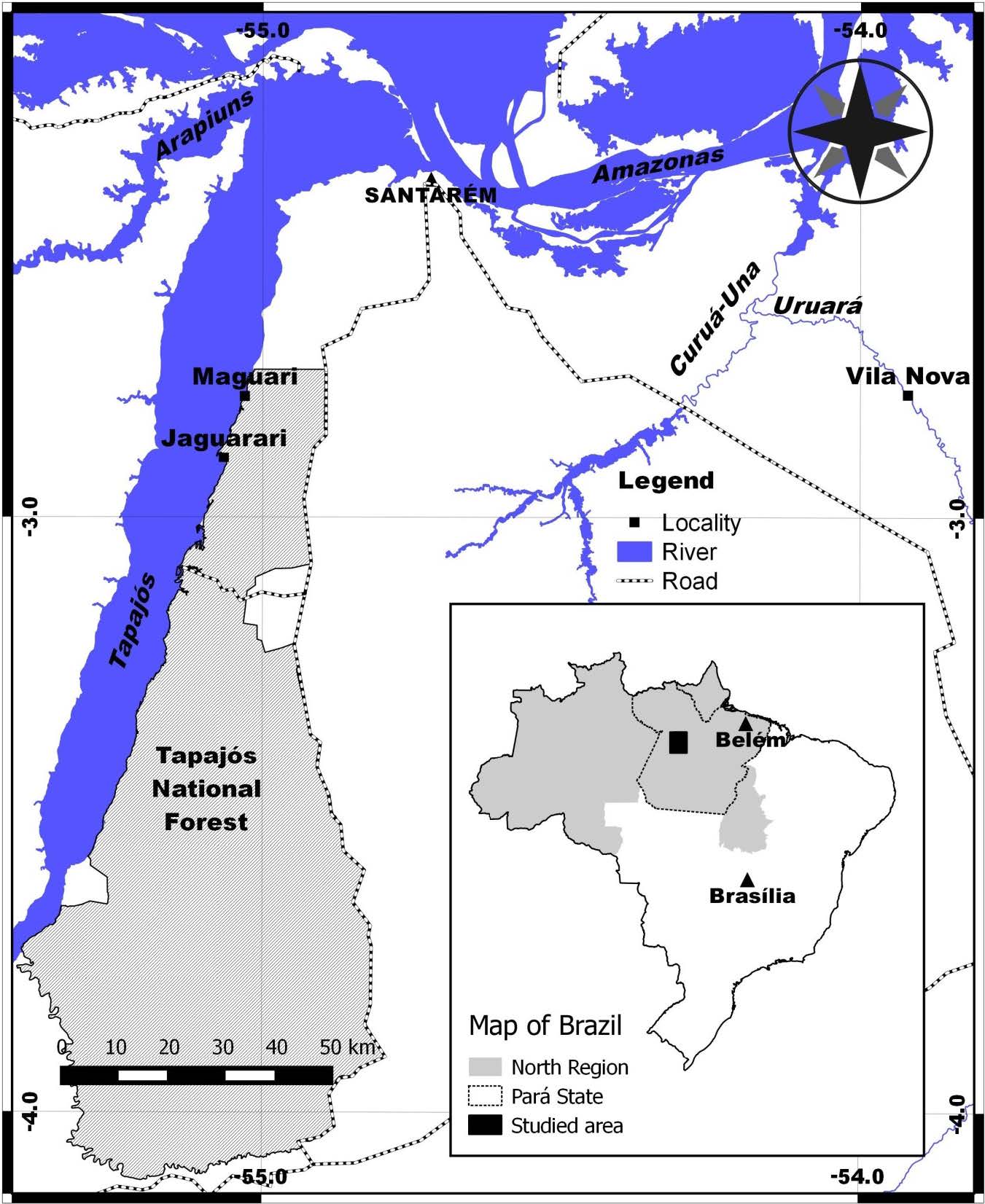Abstract
Amazonia contains the largest remnant of continuous forest on the planet. In Brazil, it represents nearly 45% of the territory but contributes little to the country’s economy. This work discusses the use of jutaicica copal resin extracted from tree species of the genus Hymenaea (Fabaceae), which once represented a considerable part of the economy of Pará state. We present a review of its historical use, explore how and for what purpose the resin is extracted, and characterize it based on thermal and spectroscopic techniques. In western Pará state, jutaicica is gathered mainly from two species, H. courbaril and H. parvifolia, and in the past was used as a valuable source for varnish production. The resins from these species are distinctive according to thermal and spectroscopic methods. Thermal analysis shows H. courbaril might be a better source for polymer gathering. Infrared spectra can be accurately used to differentiate sources and demonstrate more uniformity in samples from H. courbaril, which is corroborated by the 13C-RMN spectra of the analyzed batches. Jutaicica is one of many non-timber forest products lacking investments for economic reintegration, an important contribution of income in extractive reserves, which play a key role in the conservation of Amazonia.
Keywords:
Hymenaea
; jutaicica; spectroscopy; thermal analysis; varnish

 Thumbnail
Thumbnail
 Thumbnail
Thumbnail
 Thumbnail
Thumbnail
 Thumbnail
Thumbnail
 Thumbnail
Thumbnail
 Thumbnail
Thumbnail





